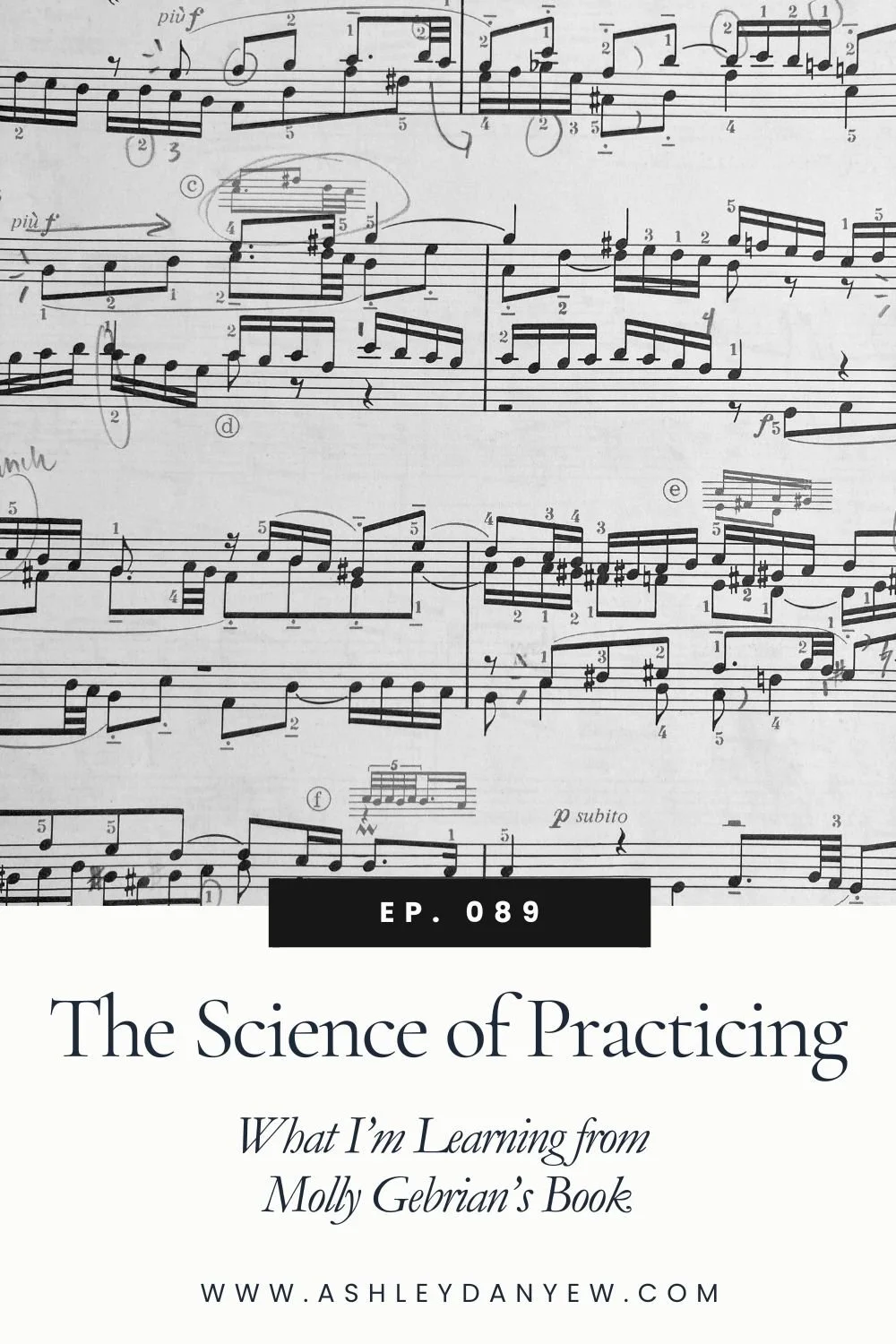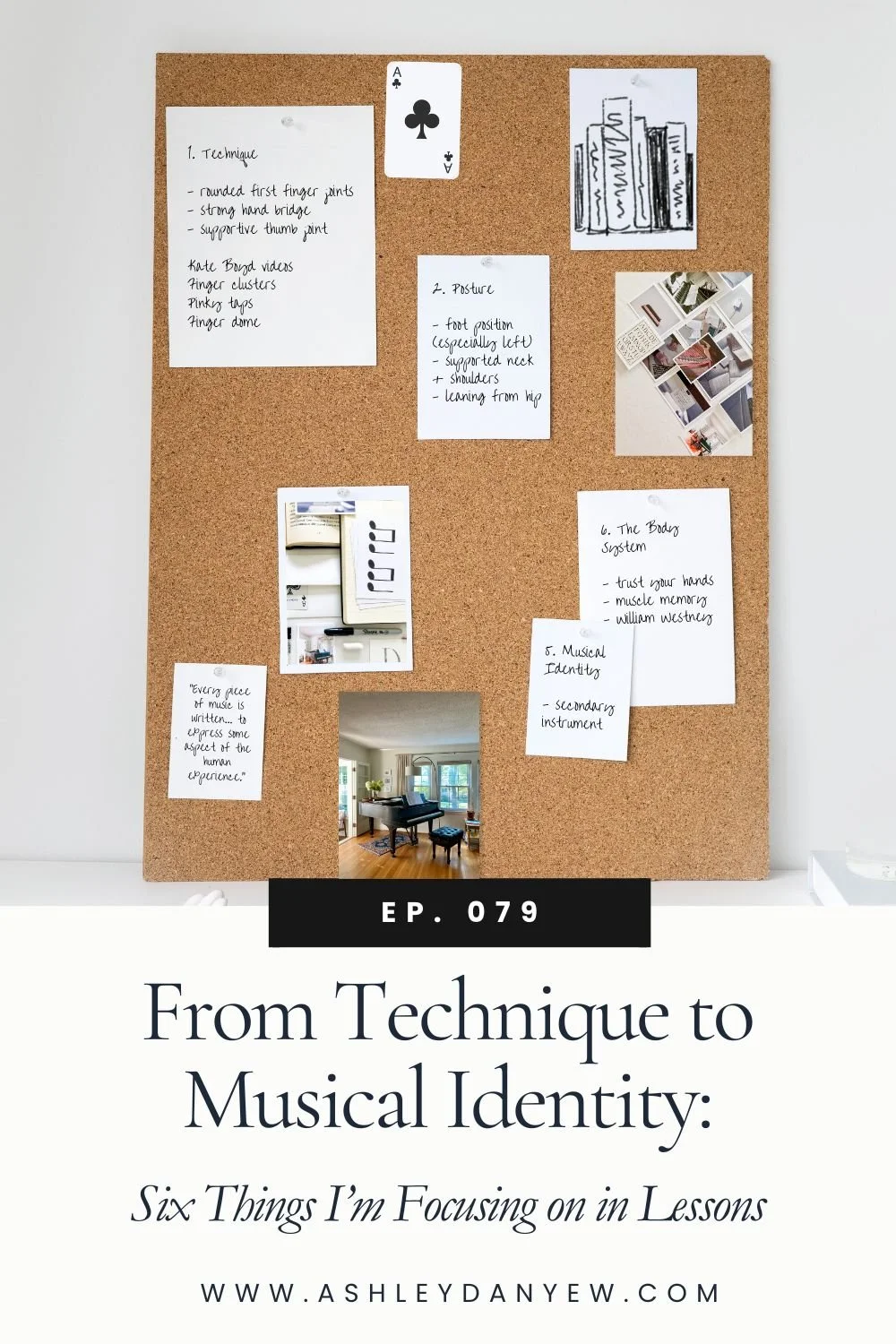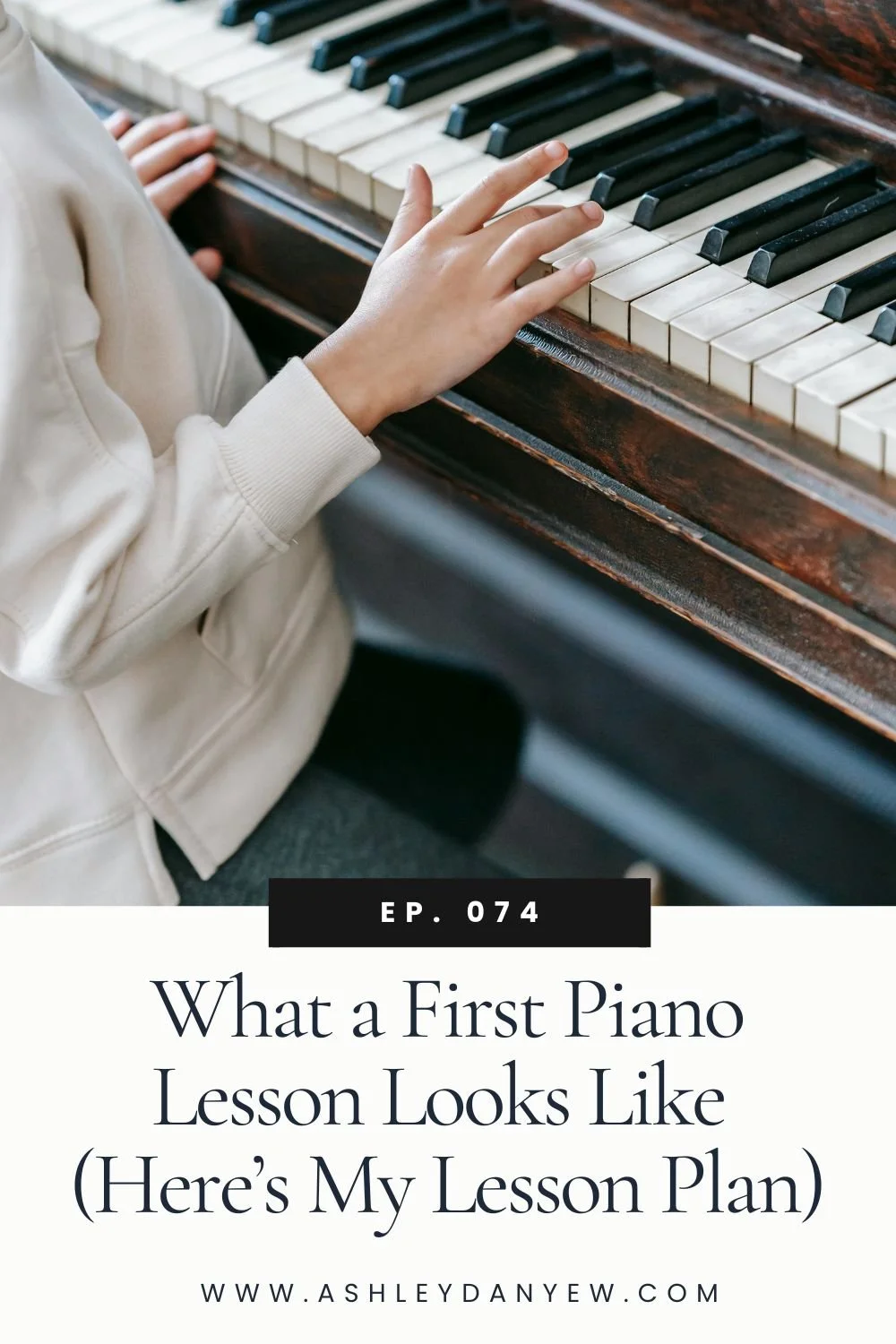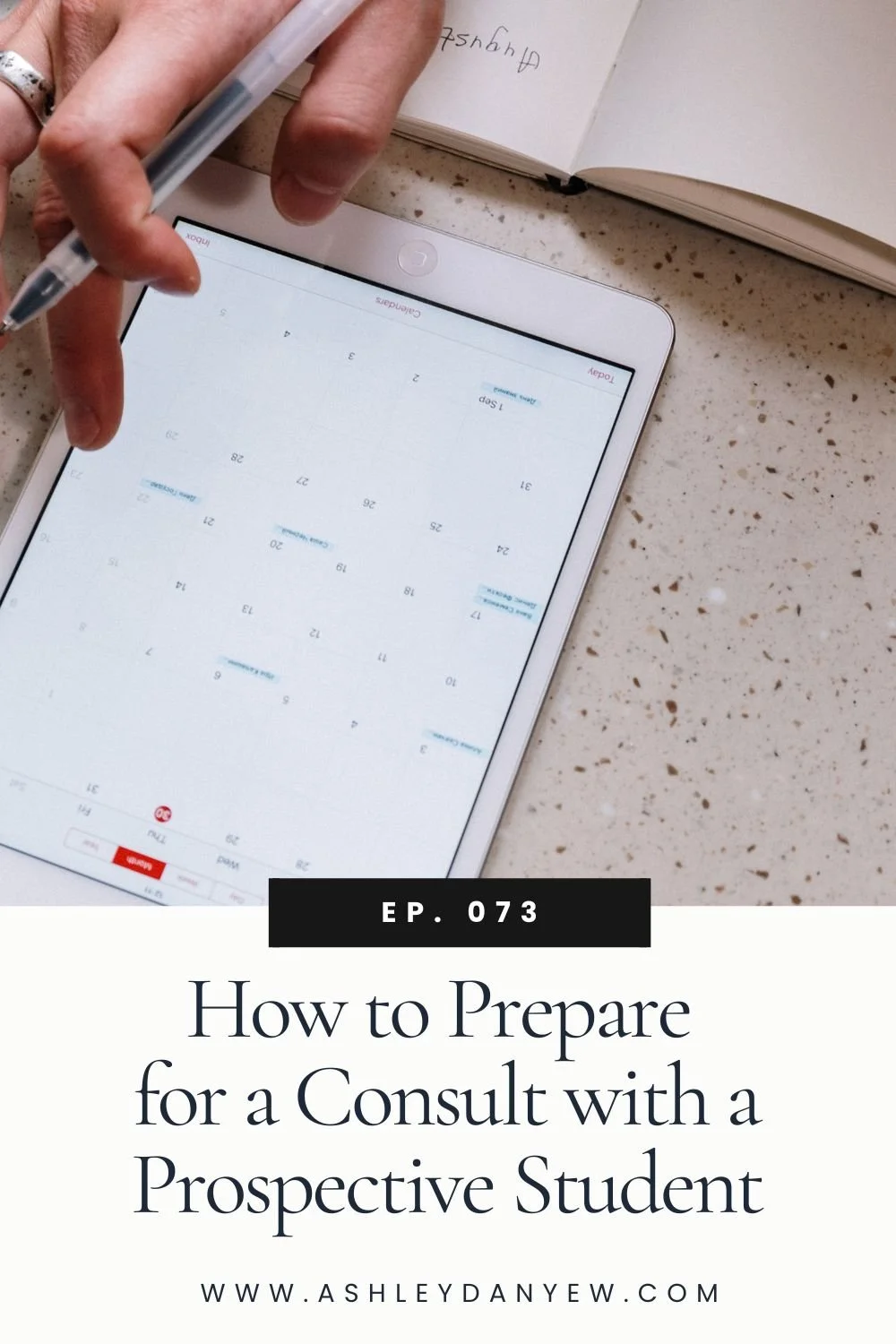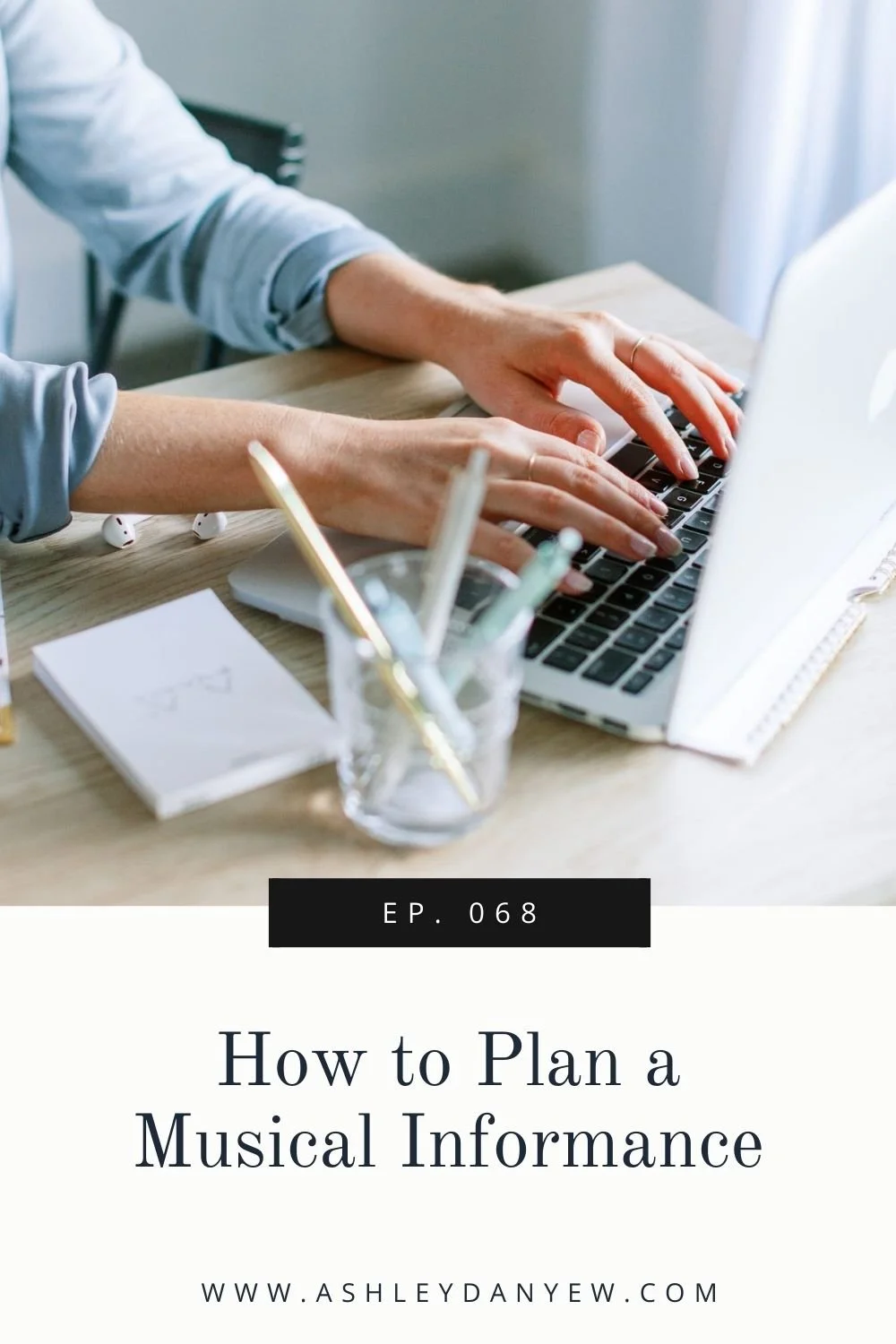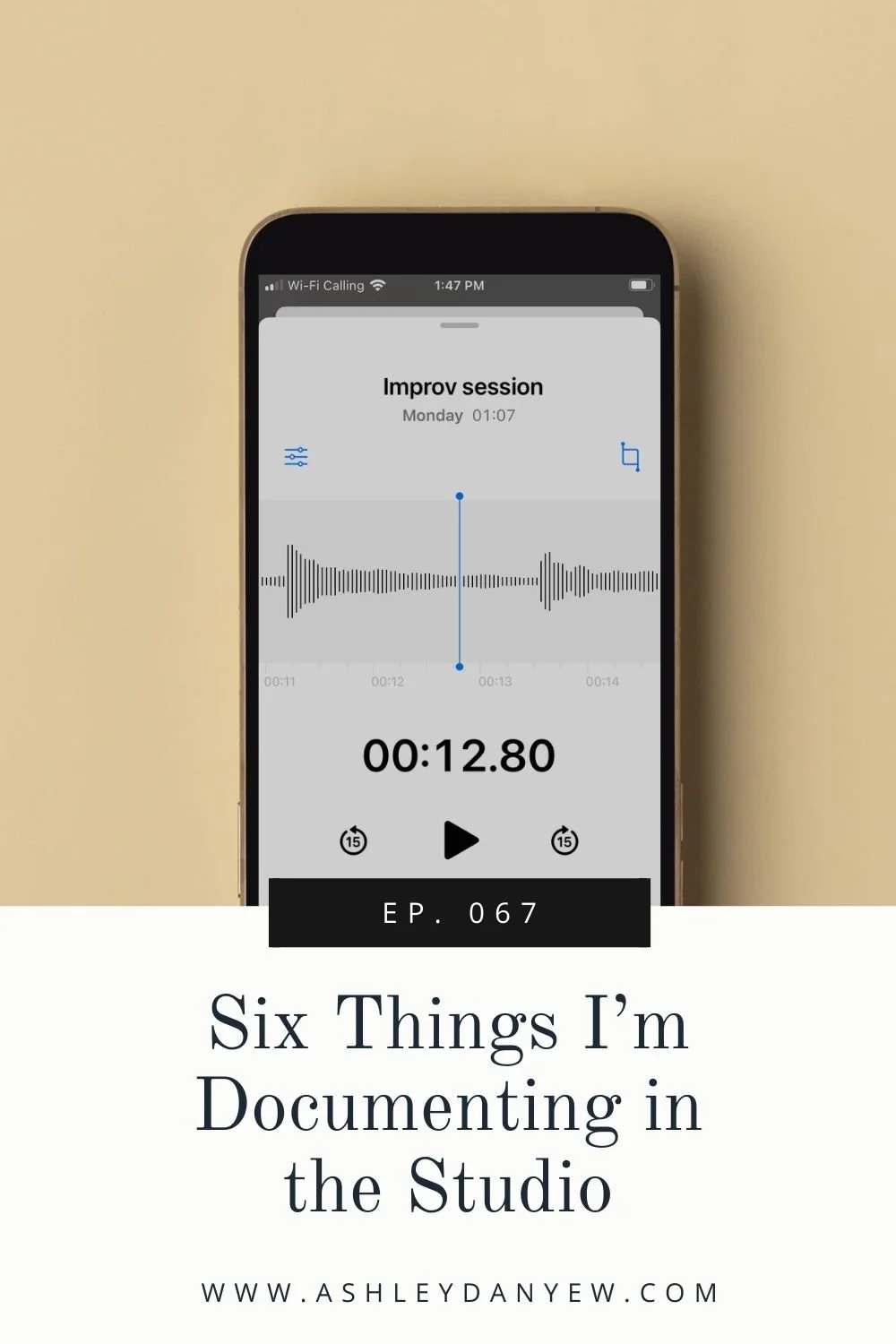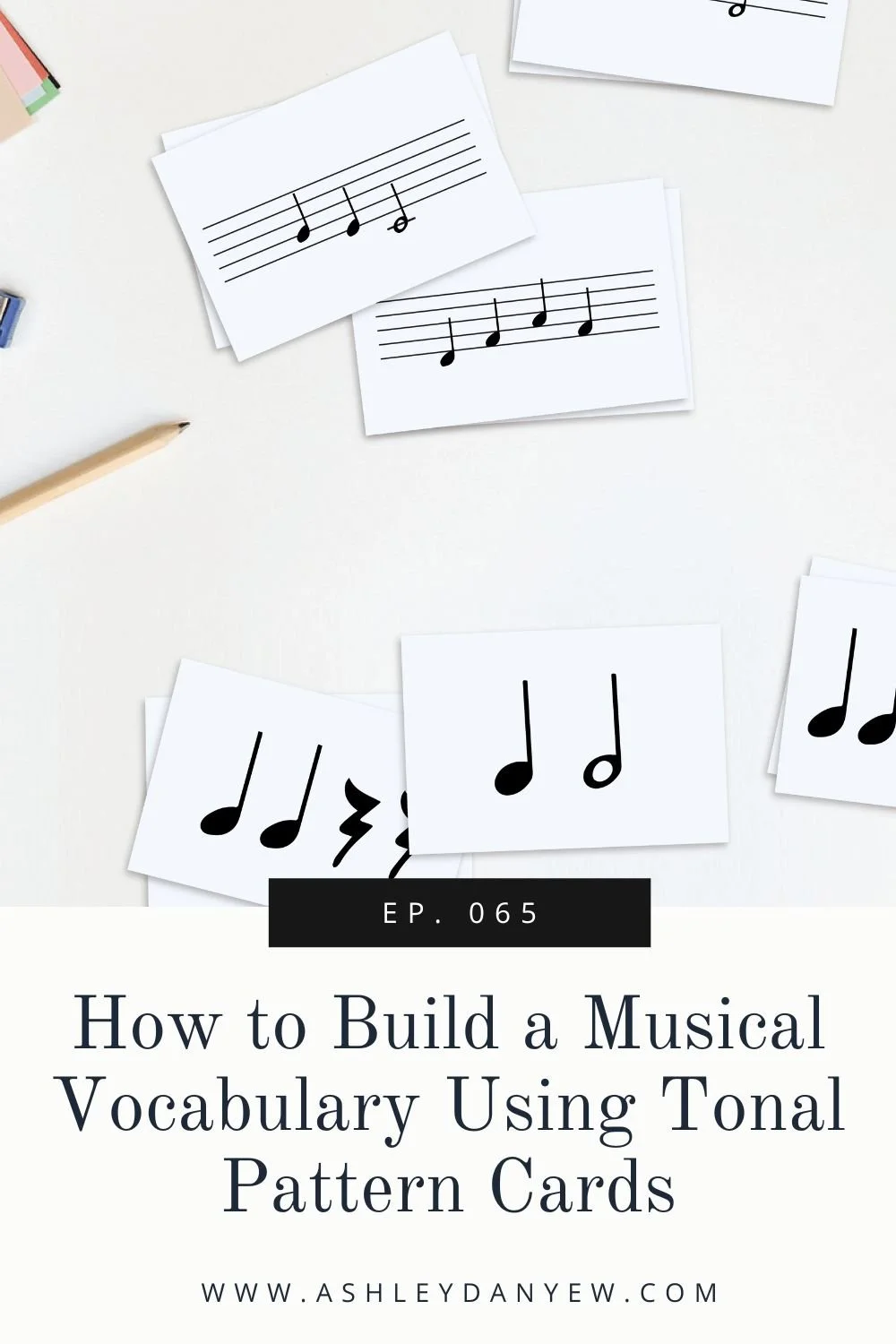Resources Mentioned
*Disclosure: some of the links in this episode are affiliate links, which means if you decide to purchase through any of them, I will earn a small commission. This helps support the podcast and allows me to continue creating free content. Thank you for your support!
Diversions (Juan Cabeza)
Sight-Reading and Rhythm Every Day (Helen Marlais)
Rhythm Keeper, Vol. 1 (Samantha Steitz & Steve Aho)
Through the Windowpane (Chee-Hwa Tan)
A Child’s Garden of Verses (Chee-Hwa Tan)
Free download: 12 Variations on Diversion 12 (Juan Cabeza)
Create First! Duet (Forrest Kinney)
Free download: 27 Easy Chord Progressions (Tim Topham)
I’m doing my best to savor the last few weeks of summer—one last trip to the lake and making all my favorite recipes—but I’m also doing lots of planning for the school year ahead. I’m buying new highlighters, ordering new books, organizing my files and notes from the NCKP conference, working on scheduling, making repertoire plans, and sketching out initial plans for lessons and studio classes.
In the midst of all this planning, I keep coming back to this question: What skills do my students really need to be independent, creative, and confident musicians?
Learning to play the piano isn’t just about learning repertoire pieces. It’s about developing a set of keyboard skills that lets you make music anywhere, with anyone, in any style. Technique, performance, and sight-reading are part of it, but so are harmonization, transposition, chord knowledge, and voice-leading. It’s more than the ability to perform what’s on the page; it’s understanding how the music is made.
In this episode, I’ll share why keyboard skills matter for students of all ages and a few strategies I’m using in my studio to build them into lessons from the very first year of study.
What’s On a Keyboard Skills Proficiency Exam?
This all started earlier this summer, when a former student reached out about taking some summer lessons. She just finished her first year as a Bass Performance major and wanted to get back to the piano. She had a list of repertoire she wanted to study just for fun—Florence Price, Cecile Chaminade, Valerie Capers, and Antonín Dvořák—but she’s also transferring to a new school this fall and was preparing to take a piano proficiency exam.
Piano proficiency exams look a little different at every school, but most include a mix of repertoire and technique requirements, a harmonization or transposition exercise, and a sight-reading component. Did you take an exam like this as an undergrad? I remember going into the chair’s office during my last semester to satisfy this requirement before graduation.
At this particular school (a 4-year liberal arts college), the Piano Proficiency Level IV exam includes four sections: Repertoire and Performance, Skills and Technique, Harmonization, Transposition & Score-Reading, and Sight-Reading. Within those categories are 15 distinct skills, ranging from the foundational to the practical:
Repertoire/Performance
one prepared solo piece
one ensemble piece
one of the following applied skills:
create a simple arrangement of a melody with or without chords given
lead a simple choral warm-up through several keys, speaking or singing aloud and providing a harmonic accompaniment
Skills/Technique
4-octave scales and arpeggios
1-octave tonic (4-note) chord in inversion
1-octave dominant or diminished 7th chord in inversion
4-octave dominant or diminished 7th chord arpeggios
Realize a given chord progression in keyboard style
Create a short progression that modulates to the dominant, subdominant, or relative key
Harmonization/Transposition/Score Reading
Hamonize a melody that modulates to a new key. A list of chords that may be used will be included.
Transpose an 8-bar passage to two specific keys
Read a short open-score passage featuring one transposing instrument or C clef. Play all three parts and any combination of two parts.
Sight-Reading
Sight-read one solo example
Sight-read a 4-voice hymn or chorale
Sight-read a 3-part open score example (no transposing instruments or C clefs)
I was amazed and impressed by the breadth and depth of skills listed as I scrolled through the document on my phone. I wondered, “Could I do all of these things as an undergrad?”
When I was a grad student, I took a keyboard skills course as an elective, which I loved. Though classified as a music theory course, it was extremely hands-on and anchored in experience. We took turns sitting at the keyboard and trying new things, working out progressions and transpositions, and challenging ourselves to play, think, and create in new ways.
This gave me new insight, increased awareness, and a greater appreciation of keyboard skills for students at all levels. I started thinking about how I could incorporate these skills into my teaching.
Now, all these years later, here’s what it looks like:
How I Teach Keyboard Skills to Students of All Ages
Repertoire and Performance
All students learn a variety of repertoire and have multiple performance opportunities throughout the year. In addition to exploring a range of musical styles, students also learn some pieces by rote, whether it’s a black-key pentatonic piece in their primer or Level 1 book, a simplified version of Für Elise, Heart & Soul, or a pop song they’re learning by ear.
One thing that I want to include more of in my teaching this year is accompanying. This has been a big part of my career—accompanying choirs and collaborating with singers and instrumentalists—but I don’t remember doing a lot of duet or ensemble playing when I was a pre-college student. Of course, my teacher occasionally assigned me a duet to play with my brother, but I don’t remember ever performing a duet with a friend or playing in a trio or larger piano ensemble. Let me know if you have a favorite collection or resource for duets or trios at one piano!
I was really glad to see the applied skills section on the piano proficiency exam—leading a choral warm-up from the keyboard and creating a simple arrangement of a given melody. Both of these are such practical skills for pianists, but often not something we spend a lot of time working on in lessons. I could see this being good for studio class—a creative project that would let me assess students’ understanding of harmony.
Skills and Technique
Students develop a strong technical foundation, then progress to 5-finger scale and chord patterns before learning full-octave scales, chords in inversion, and arpeggios. I follow the technical guidelines outlined in the RCM books to keep students on track.
Harmonization, Transposition & Score-Reading
I feel like there’s potential to include more harmonization activities in my teaching. I tend to work on this more with my intermediate students—harmonizing a familiar melody like “God Rest Ye Merry Gentlemen” or “Greensleeves” during the holiday season—but what about for late elementary students? Perhaps there’s an opportunity to use tonic and dominant to accompany a given melody. They could use single notes, blocked 5ths and 6ths, or full triads. I’m thinking about ways to include this as a studio class activity this year.
That being said, I love incorporating transposition into lessons and studio classes as a creative challenge.
I often do this with Piano Safari pieces. Sometimes, it’s built in (like with Hungry Herbie Hippo and Mary Had a Little Lamb), and sometimes I prompt students to do this once they’ve learned it in the given key. I make little checkboxes in the corner of the page so they can check them off once mastered. I love that this is built into Juan Cabeza’s Diversions books, which I’m using as etudes for several students this year.
We also frequently transpose sight-reading exercises in lessons, moving them up or down a step, up a 5th, etc. Sometimes, I let the student choose the keys—major and minor. During October, we often transform pieces from major to minor to make them sound a little darker and more spooky.
One thing I don’t teach much is open score-reading. I consider this more of an advanced skill—the first time I was asked to read open score was when I was a choral accompanist in college. The director distributed a new piece in rehearsal, and I was asked to play it with them. On the spot. I faked my way through, trying to keep the soprano and bass lines intact, but I had no prior experience or skill practice to draw on. I had to develop the skill on my own once I learned I needed it. Perhaps there are opportunities to introduce it to my high school students? Again, maybe a group class activity?
Sight-Reading
I include sight-reading in most lessons and studio classes. Sight-reading pattern pages are built into the Piano Safari Friends book, which I use with Kindergarten and some 1st grade students, and I love the Piano Safari sight-reading cards for students in Levels 1, 2, and 3. For older students, I use the Sight-Reading and Rhythm Every Day series. We also use Rhythm Keeper, Vol. 1, for rhythm reading practice.
Again, one thing that I’d like to include more of for my intermediate students is chorale-style sight-reading (vs. two-part or melody with chordal accompaniment texture) and potentially 3-part open score. I think this could be a great studio class activity this year.
What’s Missing?
Whether or not your students ever take a piano proficiency exam, this breadth is worth aiming for. These are lifelong skills that will make them adaptable, creative, and confident musicians. I can’t help but think, “Is this everything? Does this cover all the skills I want my students to have?”
One thing that’s missing for me is skills in improvisation and composition. The ability to engage with musical ideas and patterns, to understand and translate what you hear in your head into sound. To express yourself spontaneously through music, as I talked about in Ep. 085 - Everyone Can Improvise.
How do we develop this skill in our students? Here are three of my favorite ways:
Make a new version of this piece. I love this for method book pieces, but you can do this with supplemental pieces and etudes, too. Chee-Hwa Tan includes creative prompts in her collections, Through the Windowpane and A Child’s Garden of Verses, inviting students to make their own piece using broken 5ths or create a different ending. Juan Cabeza models this with his Diversions pieces, as well—on his website, you can download a free set of 12 variations based on one piece in the collection. I think this would be so fun to do as a studio class activity! For older students, this could be, “Make a piece in the style of another piece” or “Create a pop-style arrangement of this classical piece.”
Start with two patterns, then expand. This is the approach used in Piano Safari—they introduce a 4-bar musical idea (usually 2-3 patterns), then invite the student to continue improvising and exploring with the teacher accompaniment. You could do this with older students, too—try playing an ostinato pattern in the bass and having them explore patterns to go on top of it.
Make a piece. This is great for beginning and elementary students. The prompt could be about something specific, “Make a piece about falling leaves,” tied to a certain skill, “Make a piece using bouncy sounds and smooth, connected sounds,” or a review of a new musical concept, “Make a piece that uses 5ths or broken triads.” Forrest Kinney’s Create First! Duet books are also a great resource. For older students, try getting them started with a chord progression. Tim Topham has a great free resource for this—27 easy chord progressions.
Conclusion
Whether your students go on to become professional musicians someday or simply want to enjoy making music throughout their lives, developing a strong set of keyboard skills can enhance their performance, expand their awareness and understanding, and help them explore and create music on their own.
I hope this inspires you to consider new ways to introduce and develop keyboard skills in your teaching, with students of all ages. Maybe take a week to track which keyboard skills you teach naturally in lessons and make note of ones you don’t readily include.
I’d love to hear from you:
What’s one new skill you could incorporate this month? Send me a DM or email me and let me know.




